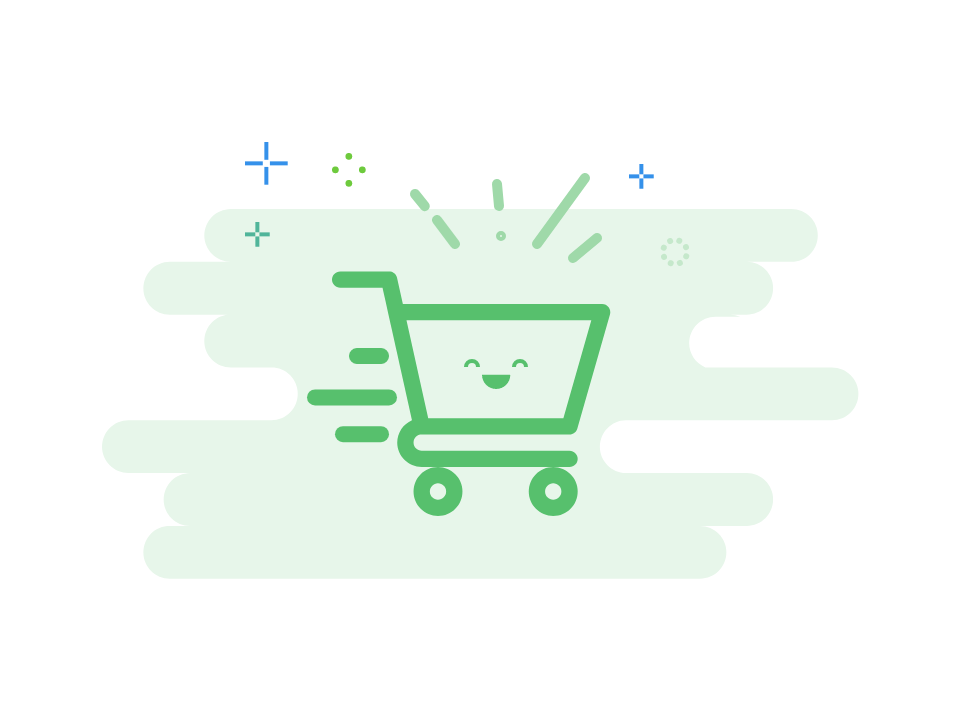Nguồn ion khí Ar
Nguồn ion khí Ar
| Danh mục | |
| Thương hiệu | Kratos |
| Model | KR03 |
| Cập nhật | |
| Mô tả | Nguồn ion cụm khí đa chế độ (GCIS) được thiết kế để hoạt động ở cả hai chế độ Arn + và Ar + monatomic, làm cho nó phù hợp để làm sạch phun và tạo độ sâu cho màng mỏng hữu cơ, vô cơ và kim loại. |
The multi-mode gas cluster ion source (GCIS) is designed to operate in both Arn+ cluster and Ar+ monatomic modes making it suitable for sputter cleaning and depth profiling organic, inorganic and metallic thin films. In addition it may also be used to generate low energy He+ ions for use with ion scattering spectroscopy. The use of large argon clusters for sputter depth profiling of organic materials is now widely accepted and their use is being extended to inorganic depth profiling. Through a combination of cluster size and acceleration voltage a broad range of materials may be sputter cleaned or depth profiled without chemical damage of the surface. The ion source can be used in monatomic mode for thin metal layers, small clusters at high beam energies may be used for metal oxides and large clusters at low or medium energy for a large number of organic materials. Recent advances in depth profiling of organic materials are based on sputtering with large Arn+ ion clusters consisting of hundreds or even thousands of Ar atoms. Unlike monatomic ions, large cluster ions do not penetrate deeply into the material therefore the energy of the impact is deposited within the first few nanometers of the surface. As the energy is shared by all atoms in the cluster, the energy per projectile atom, or partition energy, can be as low as a few electron volts such that the cluster ions only sputter material from the near-surface region leaving the subsurface layer undisturbed. Arn+ GAS CLUSTER OPERATING MODE Large Ar clusters are formed by isentropic adiabatic cooling of the gas as it expands from high pressure (P0) through a nozzle into the vacuum of the source region (P1 / P2). The Arn clusters are ionised by electron impact, extracted from the source region and accelerated along the ion column where a Wien velocity filter is used to select a median cluster size between 500 and 3000. These cluster ions may be accelerated up to a maximum of 20 keV such that the energy per atom, or partition energy, can be varied from <2 eV (5 keV, Ar3000+ ) to 40 eV (20 keV, Ar500+ ). A subsequent ion channelling bend in the focusing column removes energetic neutrals. The beam is then focused to a minimum spot size of 250 μm on the sample. Scan plates allow the beam to be rastered across the sample surface to create an even sputter crater. The ability to generate Arn+ ions with different cluster sizes and acceleration energies means successful depth profiles can be generated from the greatest range of materials. Large clusters, where n > 2000, are useful for depth profiling organic layer systems whilst smaller clusters of n=500 accelerated to high energies have been shown to be necessary in retaining chemistry of inorganic materials during depth profiling and sample cleaning. Ar+ MONATOMIC OPERATING MODE The ion source can be operated in monatomic Ar+ ion mode for conventional depth profiling inorganic and metallic samples. The sputter yield for this class of materials is known to be much higher for monatomic than cluster ions making Ar+ monatomic mode important for depth profiling in realistic experimental times. Ion acceleration voltage can be varied between 500 eV and 8 keV. Applications INORGANIC DEPTH PROFILING SMALL CLUSTER, HIGH ENERGYDEPTH PROFILING It is known that the sputter yields from inorganic materials are low when using gas clusters. This challenge can be mitigated by using small clusters with high beam energy. Here we contrast the use of 5 keV monatomic Ar+ with 20 keV Ar1000+ ions for sputter depth profiling a Lithium phosphorous oxynitrde ALD thin film where the Li distribution through the film is of interest. The high acceleration voltage in cluster mode ensures that the depth profile was completed in a practical time scale. There is a distinct difference between the two profiles. Under monatomic bombardment there is an initial increase in Li concentration after the first etch cycle – a consequence of removing surface contamination – then a subsequent decrease in Li into the bulk of the film reaching a steady-state, shown in figure 1(a). Near the LiPON interface with Si substrate the Li concentration increases. By contrast when profiled 20 kV Ar1000+ ions the profile shows a different distribution of Li, figure 1(b). An initial increase in Li concentration is shown after the first etch however there is no subsequent decrease. Interestingly no accumulation of Li was seen at the interface with the Si substrate. A comparison of the Li concentrations profiled using two different ions is shown in figure 1(c). The different results are attributed to positive charge build-up in the near surface region from implanted monatomic Ar+ ions. Charge buildup repels the small, mobile positive Li ions in the surface further into the bulk resulting in an underestimation in surface quantification. Repulsive bulk migration also accounts for the increase in Li concentration at the interface with the Si substrate. The light ions are unable to penetrate into the Si metal and native oxide and instead accumulate at the interface.


 Đề nghị báo giá
Đề nghị báo giá

